Check out before these deals are gone!


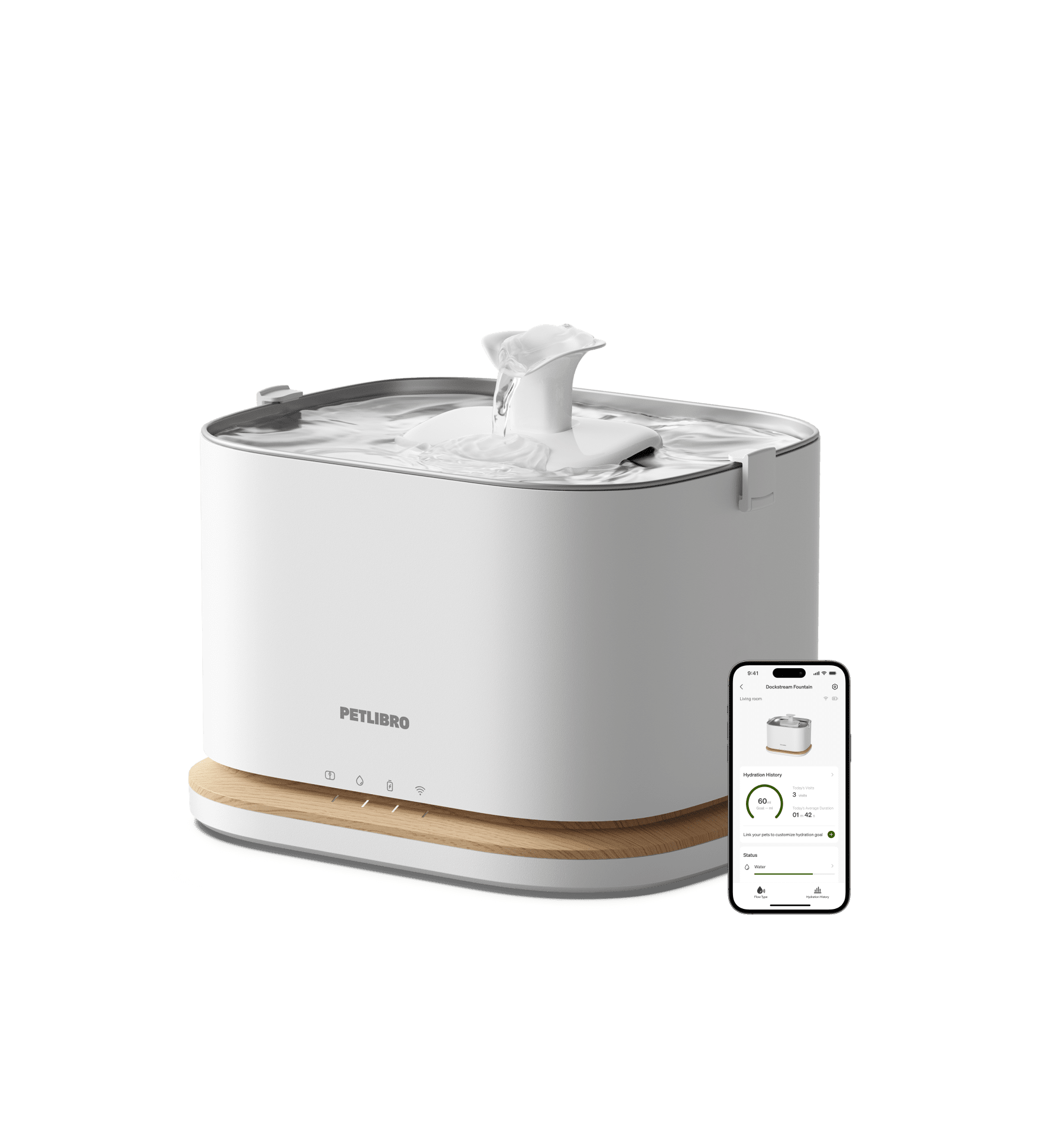
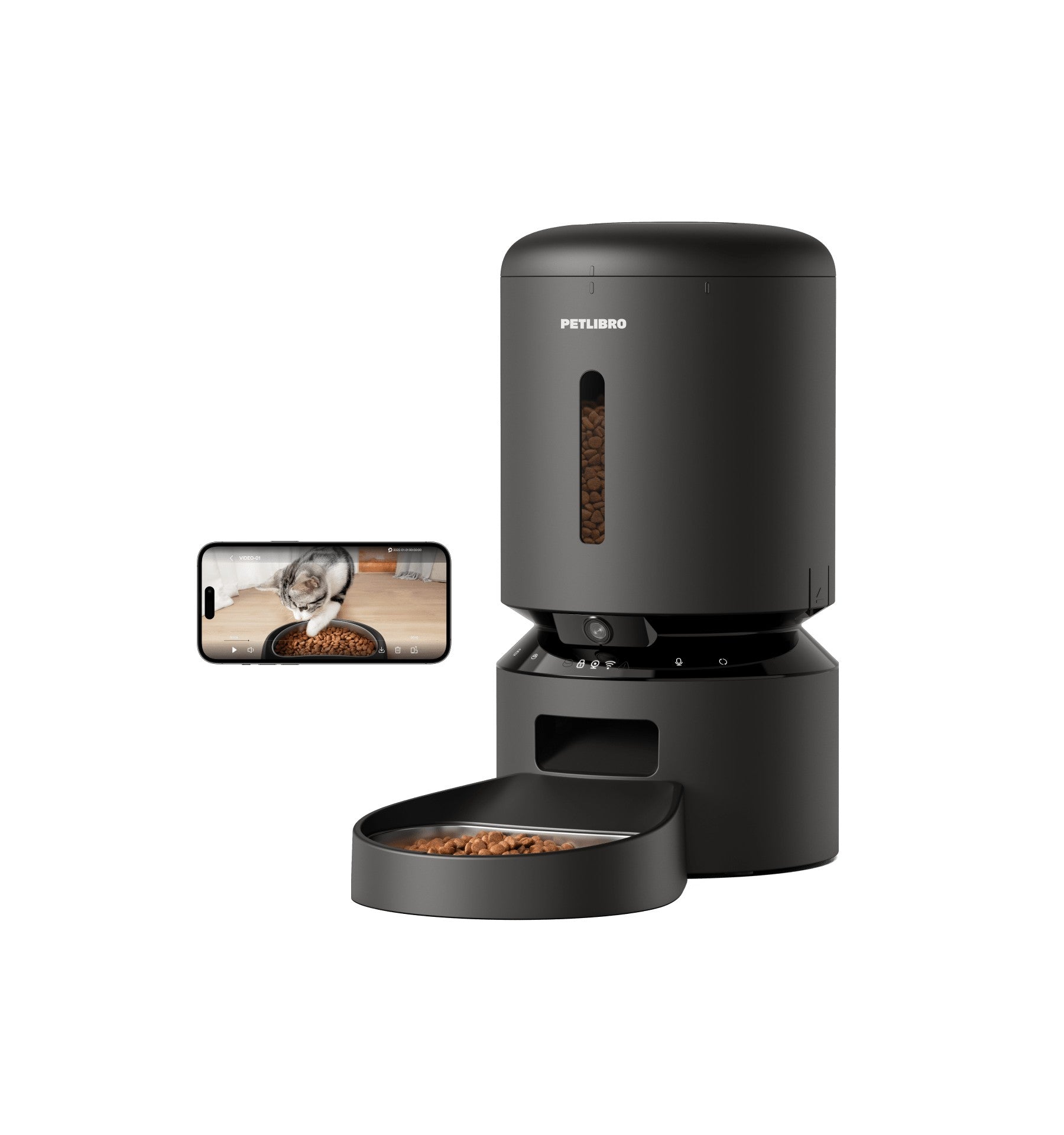
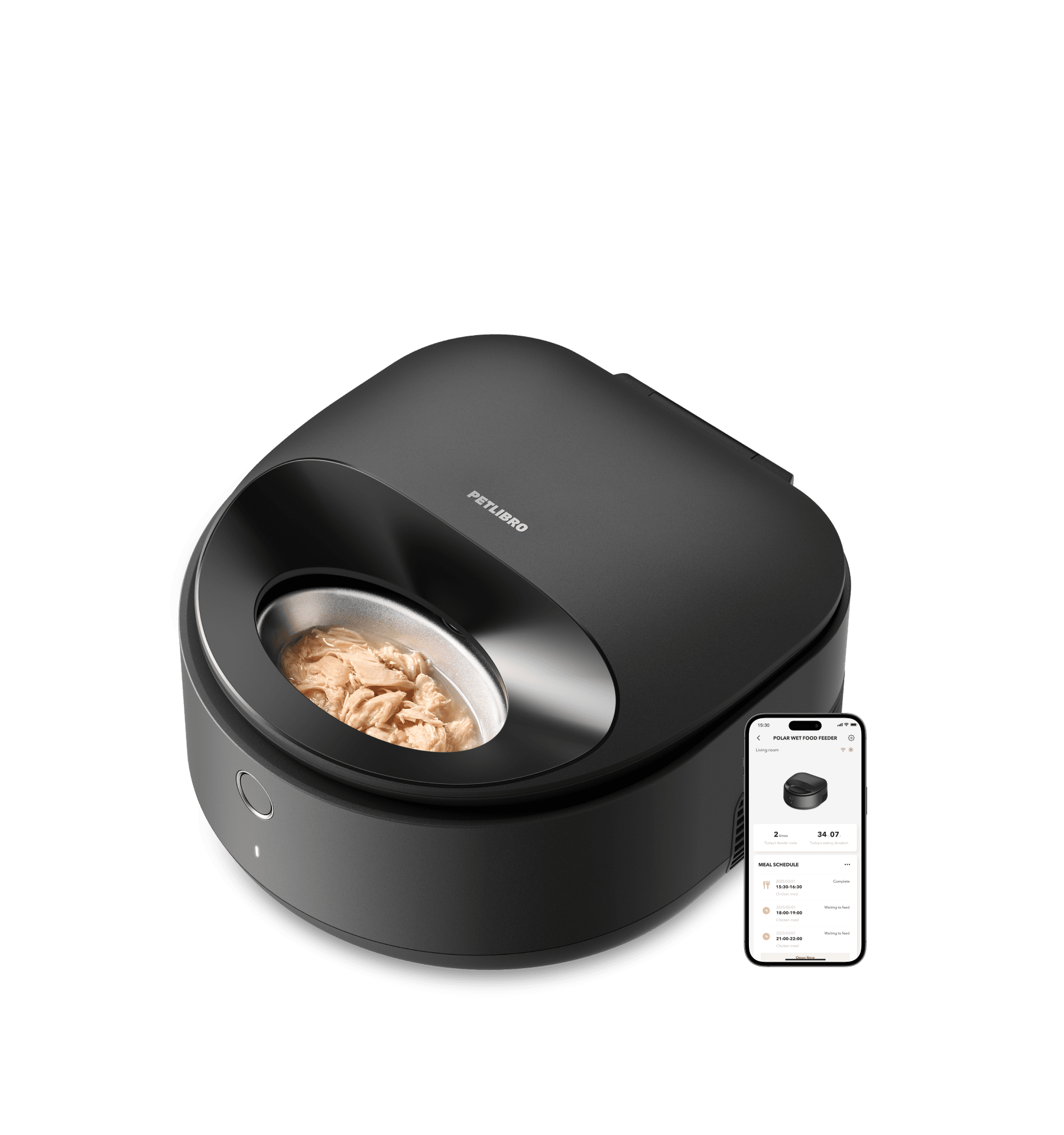
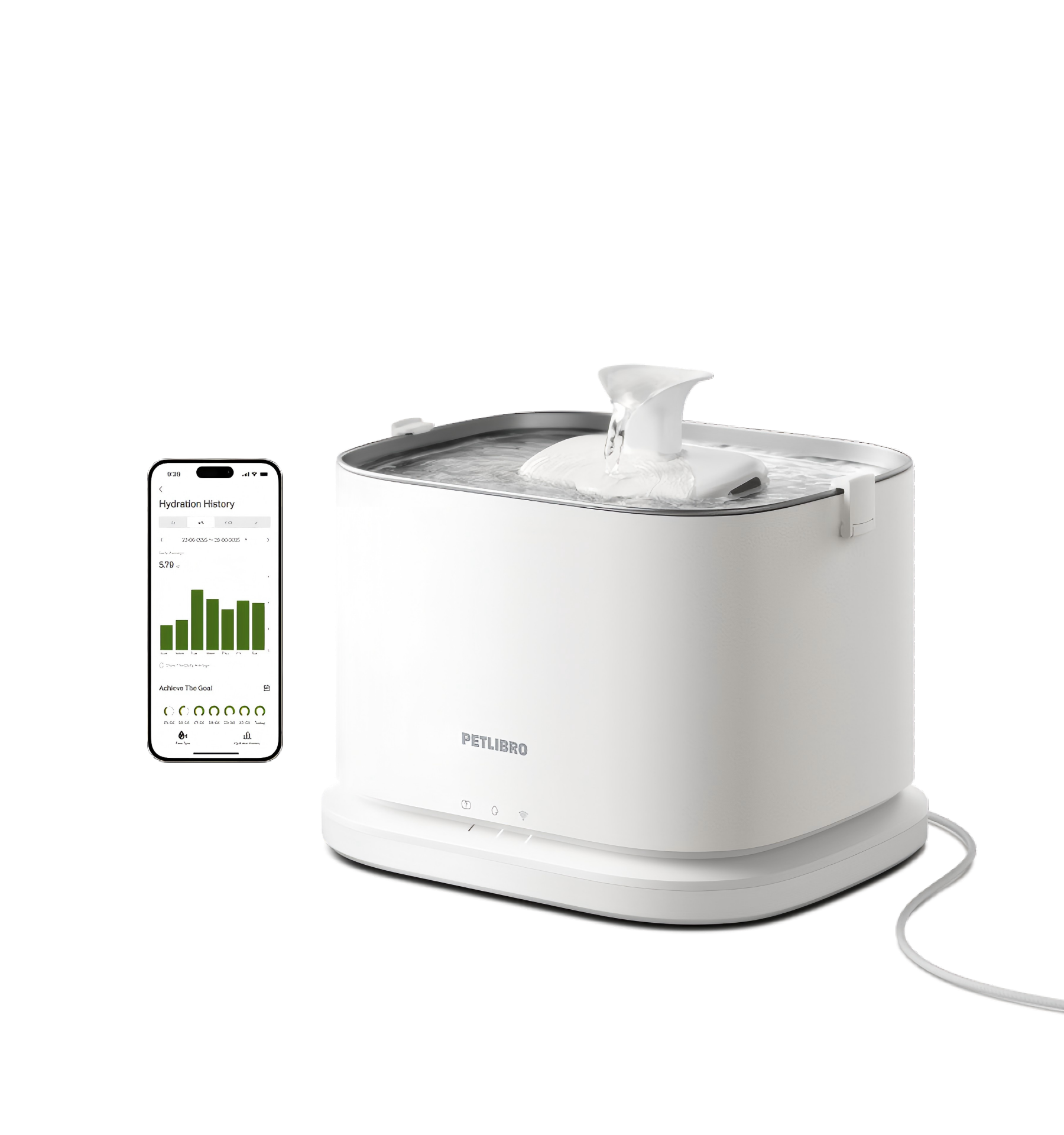
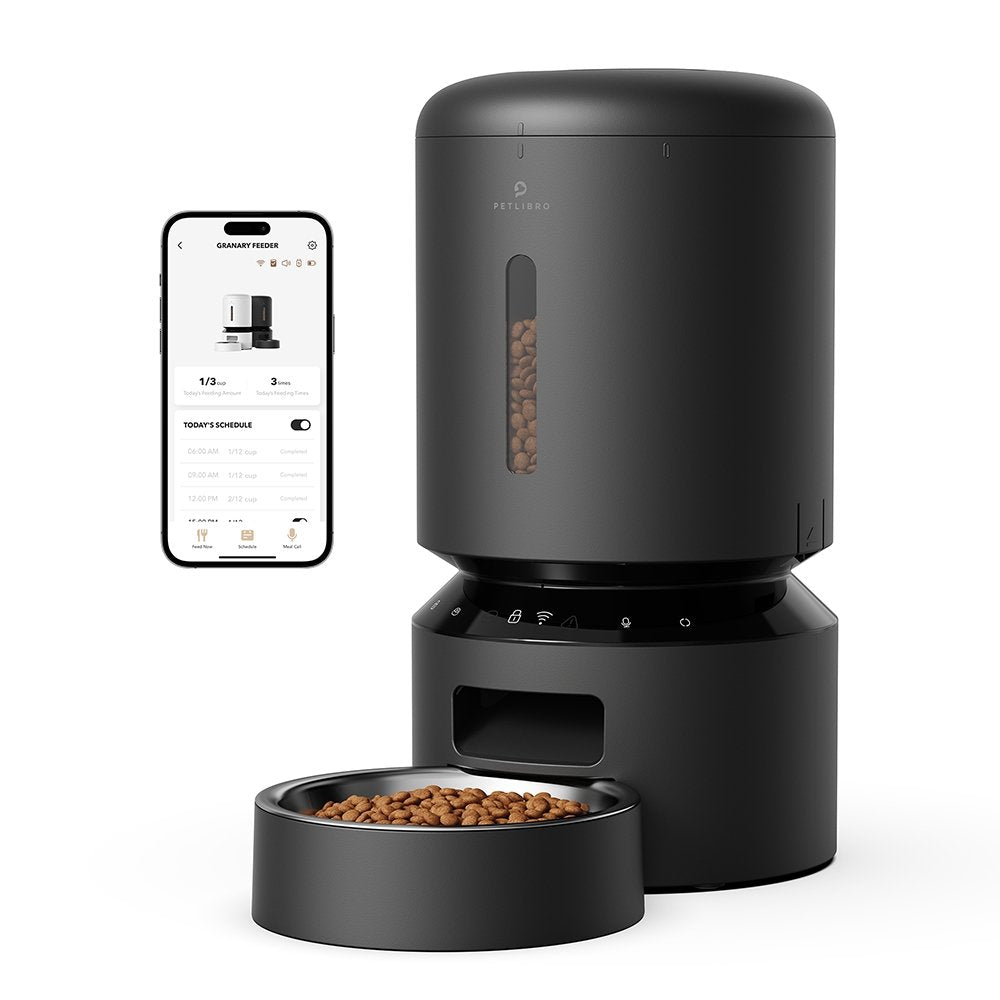
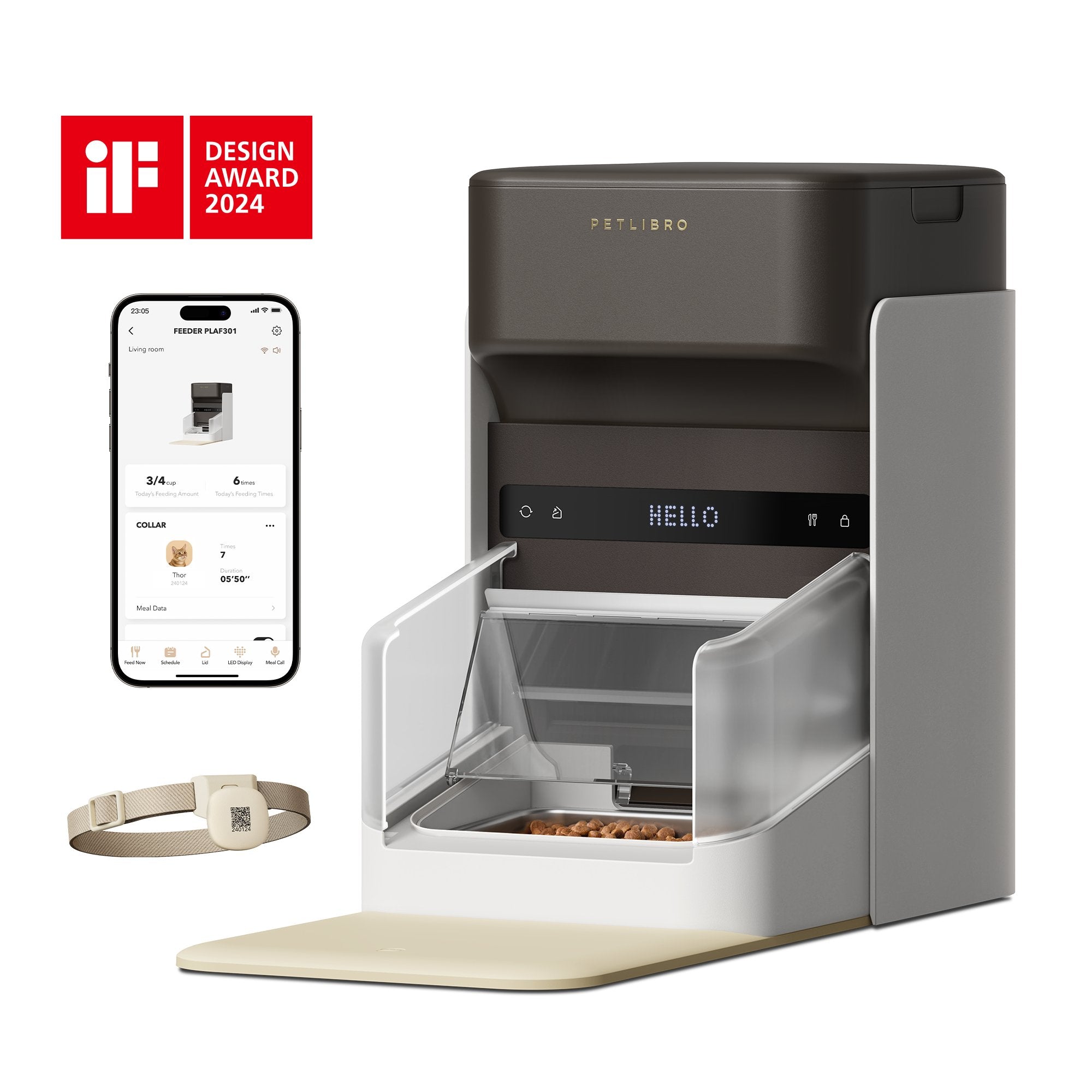
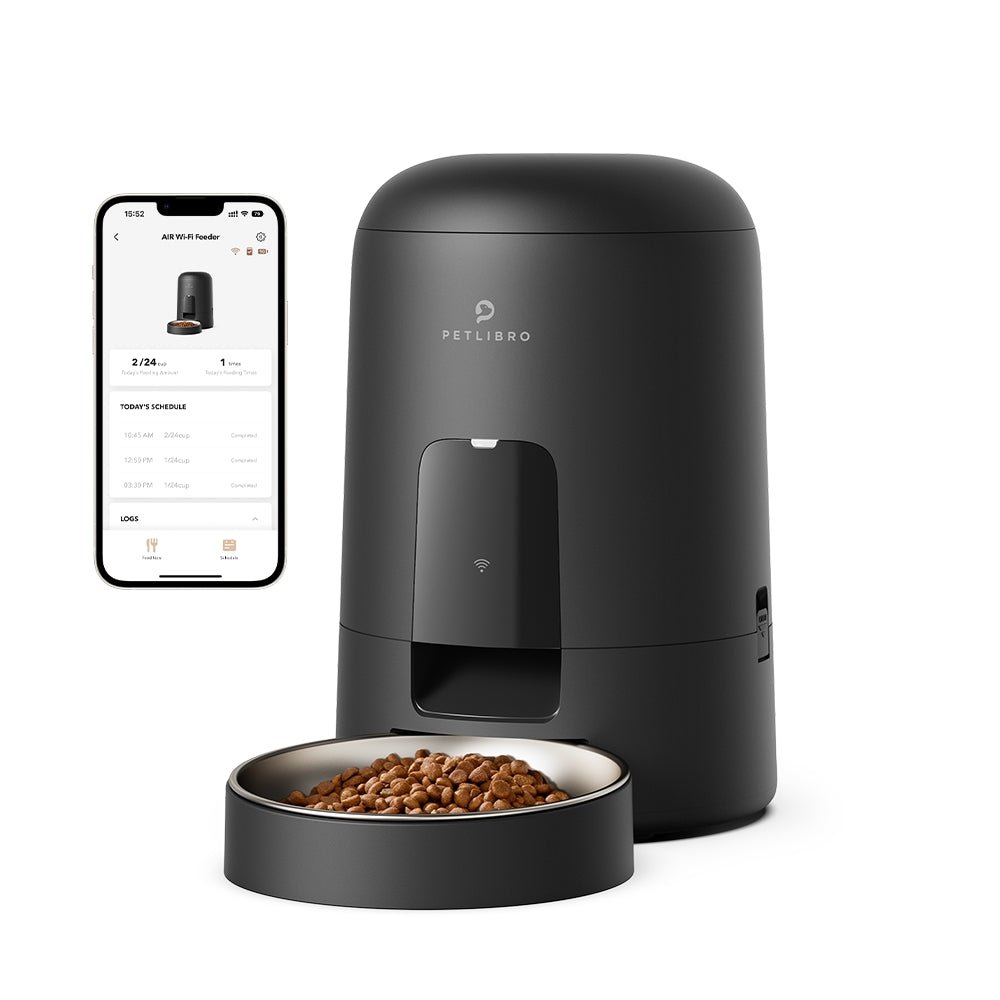























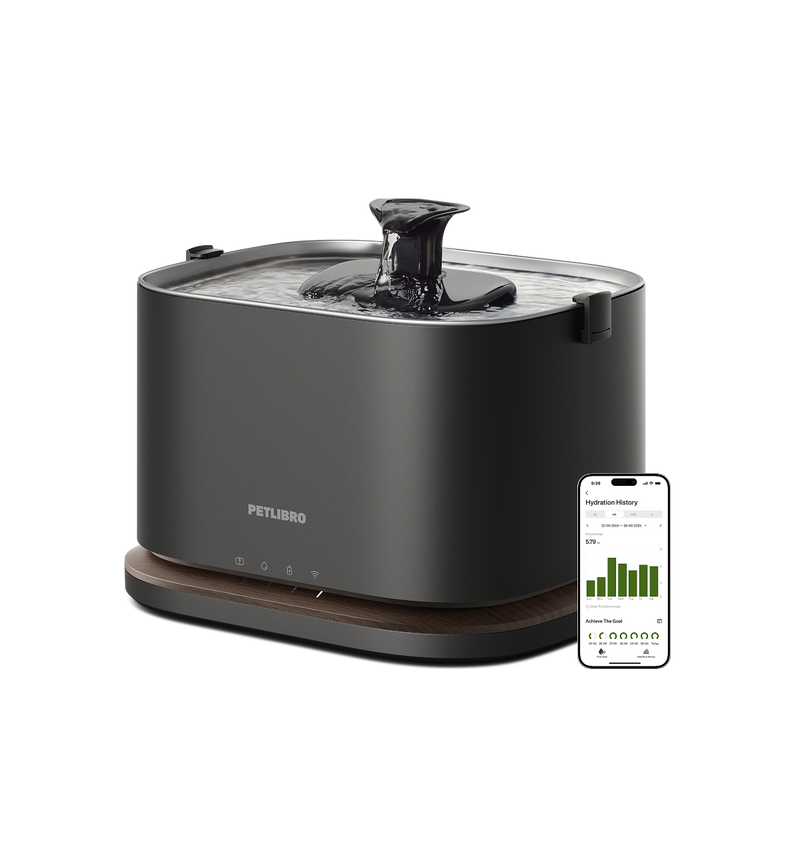
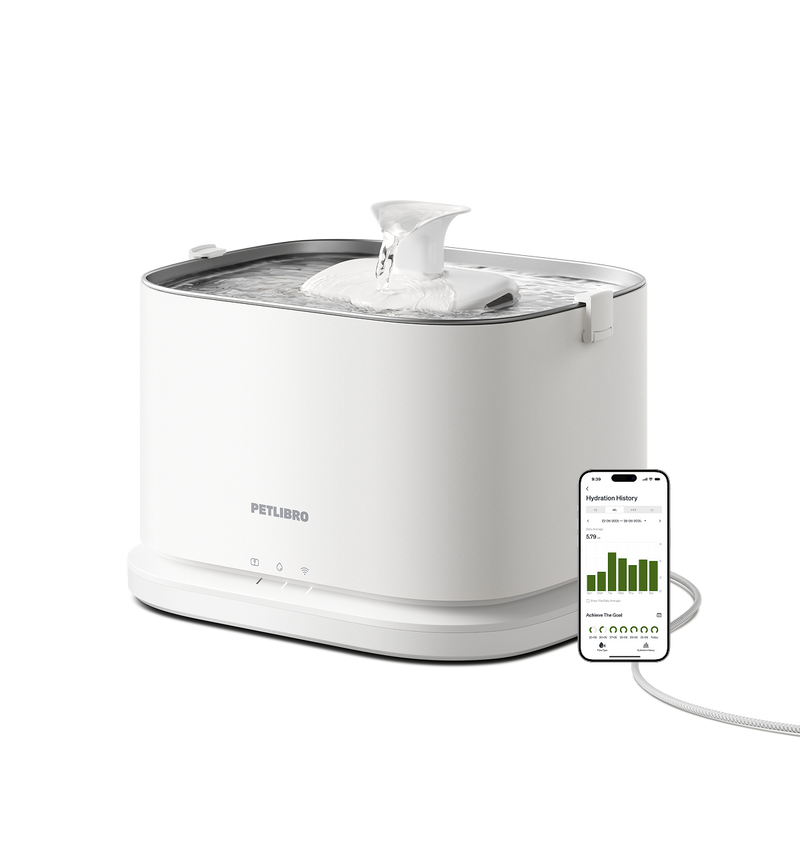
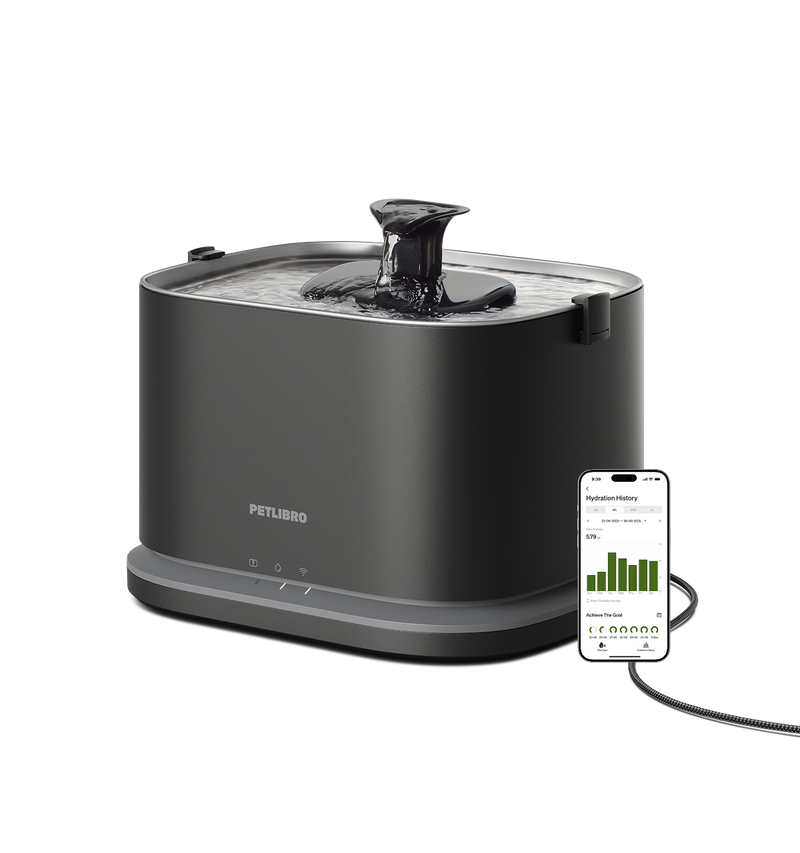










By subscribing, you agree to receive email marketing from Petlibro. Privacy Policy | Terms of Service


*Voucher is non-refundable and only one can be used per order, starting 11/13.


By subscribing, you agree to receive email marketing from Petlibro. Privacy Policy | Terms of Service


Code is valid for 72 hours and can be used for one order only. Code can’t be combined with other codes.
Discounts cannot be used toward new product launches.
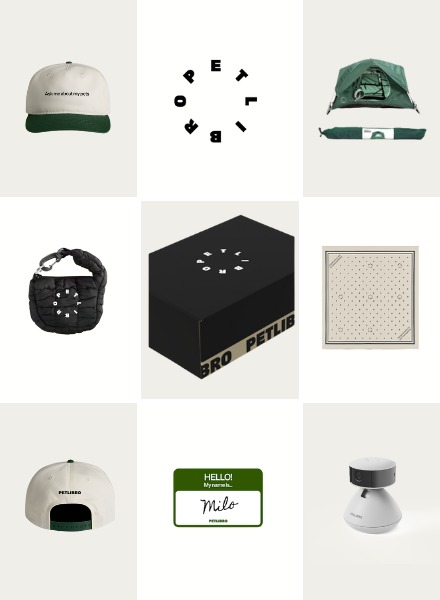
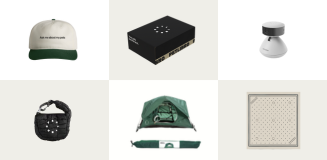
Open to legal U.S. residents, 18 years or older. Void where prohibited. Giveaway begins on 08/26/2025 and ends on 09/15/2025 at midnight PST. Three winners will each receive a limited-edition Petlibro PR Kit, which includes the Scout Smart Camera and select branded merch. Winners will be chosen at random and notified via Instagram or email (depending on entry format) by 09/30/2025. If a winner does not respond within 48 hours, another may be selected. Odds of winning depend on the total number of eligible entries received. Only one email entry per person will be counted, though additional entries may be submitted through the bonus methods described above. Petlibro is not liable for any issues that arise from participation or use of the prize. Personal information will be collected and handled in accordance with our Privacy Policy.



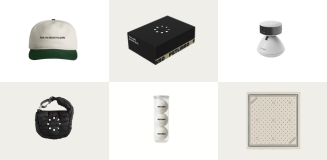
Open to legal U.S. residents, 18 years or older. Void where prohibited. Giveaway begins on 08/26/2025 and ends on 09/15/2025 at midnight PST. Three winners will each receive a limited-edition Petlibro PR Kit, which includes the Scout Smart Camera and select branded merch. Winners will be chosen at random and notified via Instagram or email (depending on entry format) by 09/30/2025. If a winner does not respond within 48 hours, another may be selected. Odds of winning depend on the total number of eligible entries received. Only one email entry per person will be counted, though additional entries may be submitted through the bonus methods described above. Petlibro is not liable for any issues that arise from participation or use of the prize. Personal information will be collected and handled in accordance with our Privacy Policy.


Our little furballs are getting fatter. In their 2018 study, the Association for Pet Obesity Prevention found that 59.5% of cats in the United States are overweight or obese. That’s 56 million cats. And just like in humans, obesity in cats poses a serious health risk.
Join us as we look at how to tell if your cat is overweight, how it can affect their health, and what you can do get them down to a healthy weight.

The quickest way to check if your cat’s overweight is by looking for visual clues. Start off by glancing down at your cat from a bird’s-eye view. Your cat’s body should start to narrow at the waist if they’re at a healthy weight. If not, your cat might be overweight. Time for a closer look, just to be sure.
Reach out and stroke your cat along its chest and sides. If you’re unable to feel their ribs, there’s a good chance they’re overweight. You should also pay attention to your cat’s physical activities. A healthy cat will live an active lifestyle. From leaping up fences to chasing other cats in the neighborhood, a fit feline will be able to do all of this without breaking a sweat. Unhealthy cats will look labored while moving around, lacking the fluidity, balance, and grace of a healthy cat.
However, be aware that just looking at or stroking your cat might not be enough to know if your feline friend is overweight or obese. Weight can vary depending on breed. For example, an adult male Maine Coon can weigh up to 25 pounds. For most some breeds, however, the average healthy weight is between 8 and 15 pounds. If you’re still unsure, consult with your veterinarian.
An overweight cat is an unhealthy cat. And an unhappy cat. As is the case with humans, being overweight or obese puts your cat at risk of many serious illnesses. In fact, your cat’s quality of life and life expectancy could be seriously reduced.
Let’s start with diabetes. Most obese cats suffer from it. Extra fat causes your cat’s body to be unable to regulate blood sugar levels. Lleft untreated, diabetes results in vomiting, dehydration, and even death. Daily insulin injections can help, though a controlled diet focusing on weight loss is the best.
Next up we have hepatic lipidosis—otherwise known as fatty liver syndrome. This is the most common liver disease in cats, and it’s potential fatal. Hepatic lipidosis usually affects cats who are anorexic. However, it can also affect overweight who stop eating for dieting purposes. In response to the lack of food, your cat’s body moves fat into the liver to use as energy. Unfortunately, the fat is broken down by the liver so rapidly that it overwhelms the liver.

Controlling their diet. Small portions at set times each day is great way to help your cat lose weight in a safe and healthy manner. Now, we know that this is easier said than done. For one, you’re not always at home with your cat. That’s where the Petlibro Wi-Fi automatic pet feeder comes in handy.
With the Petlibro automatic cat feeder, you can schedule when your cat gets fed. Whether it’s 3 to 6 portions evenly spaced throughout the day or one big meal, it’s your call. What’s more, thanks to its Wi-Fi functionality, you can feed your pet anytime, anywhere.
And don’t worry about your cat’s food going off. Every part of the feeder from storage to dispenser is sealed to lock in the freshness. It keeps the food delicious while protecting your pet from mold, pests, and bacteria. And that’s not the only way the Petlibro automatic dog and cat feeder protects your feline friend.
The infrared safety detection system senses when your cat gets too close to the inner workings of the feeder. If an obstruction, such as a curious cat’s paw, tries to get at the food stored inside, the safety system kicks in and stops dispensing food. This keeps the feeder from being damaged, your cat safe from harm, and their diet plan preserved.